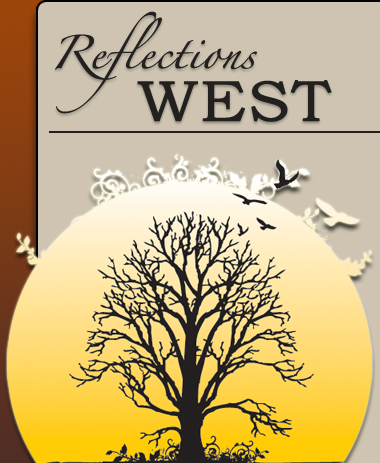More kind words for WDS from the Register-Guard. Thank you Brian.
Charles Finn’s “Wild Delicate Seconds: 29 Wildlife Encounters” reads as if watching high-res video footage projected in the imagination and narrated by a world-class poet.
Finn’s details are more real than
truth, adding elements of human understanding to descriptions of the
natural world that remarkably convey the imprints he possesses.
Resignation and working man’s blues
in the blunt faces of bison, a crane in flight as “the old machinery of
the world lifting into the sky.”
Finn’s encounters become ours.
-- Brian Juenemann
For the full post go to: http://projects.registerguard.com/web/livinglifestyles/28152436-41/century-esther-keesey-wild-finn.html.csp

